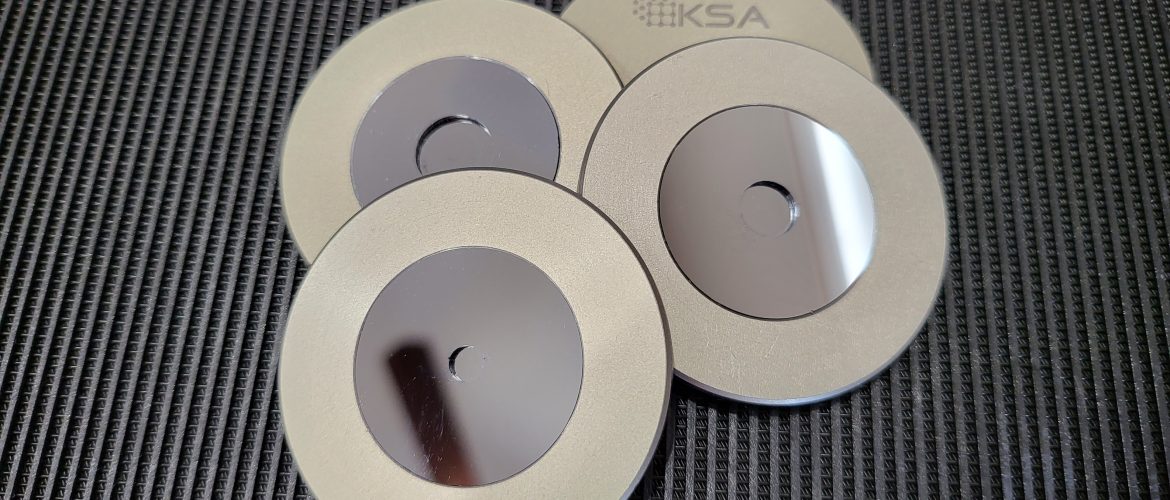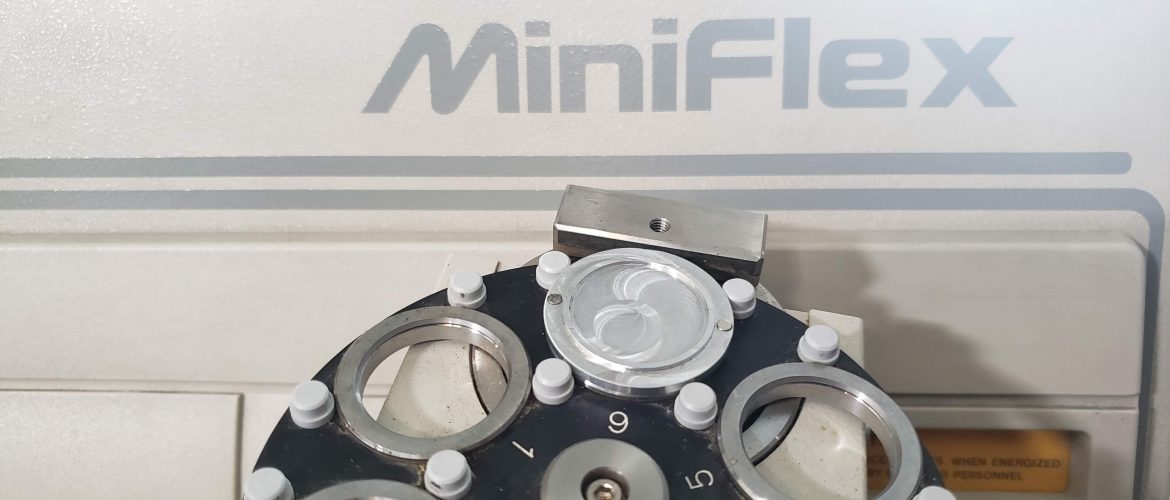This project started with a phone call several months ago from a Canadian government lab. They had a very specific application so the design was driven much more by their requirements than most zero-background holder designs. A 1mm deep well with a zero-background plate at the bottom was a key specification. We tried several options for creating this, but settled on a two-part design with a solid “floor” plate and a ring above it. As it turns out, cutting a
It’s easy to forget how much of our scientific work hinges upon comparative data. The entire field of metrology is concerned with the verification and maintenance of “standard reference materials” (SRMs). Creating a perfect reference standard essentially involves proving a negative. In the XRD world, we need to prove that there are no impurities, no crystalline defects, no unaccounted for thermal variations, no stress/strain effects present, and above all, that the first unit produced is effectively identical to the last
Curiosity may have killed the cat, but it’s the lifeblood of a well-functioning analytical lab. A few days ago, Todd was preparing a water chiller for shipping and washed out some corrosion products with acetic acid. The resulting solution was left in a beaker over the weekend and when we returned, he noticed that it had formed rather large crystals. So he did what any curious person with a lab full of XRD instrumentation would do. He ground it up
We’ve been experimenting with better ways to quantify the quality of XRD tubes in the shop. We use these tests on new and used tubes to monitor performance in two key areas. 1) Intensity 2) Spectral purity. What we’ve settled on is a test that involves a wavelength-dispersive approach which gives us a lot of intensity to work with while eliminating background scatter and fluorescence effects. Basically, we’re able to extract more information from the data because the “noise” is almost
KS Analytical Systems now offers custom sample holders for the Bruker D2 Phaser 6-position autosampler. These can be finished to order with any depth and diameter of well or a zero-background plate (ZBH) with or without a well ground in the surface.
KS Analytical Systems now offers custom sample holders for Rigaku Miniflex systems. The 6-position autosamplers and rotation stages (and even some fixed stages) make use of the magnetic disk design for holding powder without taking up much extra room in the diminutive benchtop. Top-loadingRear-loadingZero-background
Deprecated: preg_match_all(): Passing null to parameter #2 ($subject) of type string is deprecated in /media/websites/ksawp2/wp-includes/media.php on line 1868
Deprecated: preg_split(): Passing null to parameter #2 ($subject) of type string is deprecated in /media/websites/ksawp2/wp-includes/formatting.php on line 3479
Energy resolution 140eV under ideal conditions. All KB peaks eliminated electronically. W LA1 (8.40 KeV) lines eliminated from Cu KA1,2 (8.04 KeV) scans even with thoroughly contaminated tubes. Common fluorescence energies (i.e. Fe when Cu tube anodes are used) are greatly reduced. (Brehmstralung effects are impossible to remove completely) Most PSD detectors offer no better than 650eV. This allows for a great deal of fluorescence energy to pass as well as W LA1 from older Cu tubes. Low angle scatter The detector mounts in place of the








